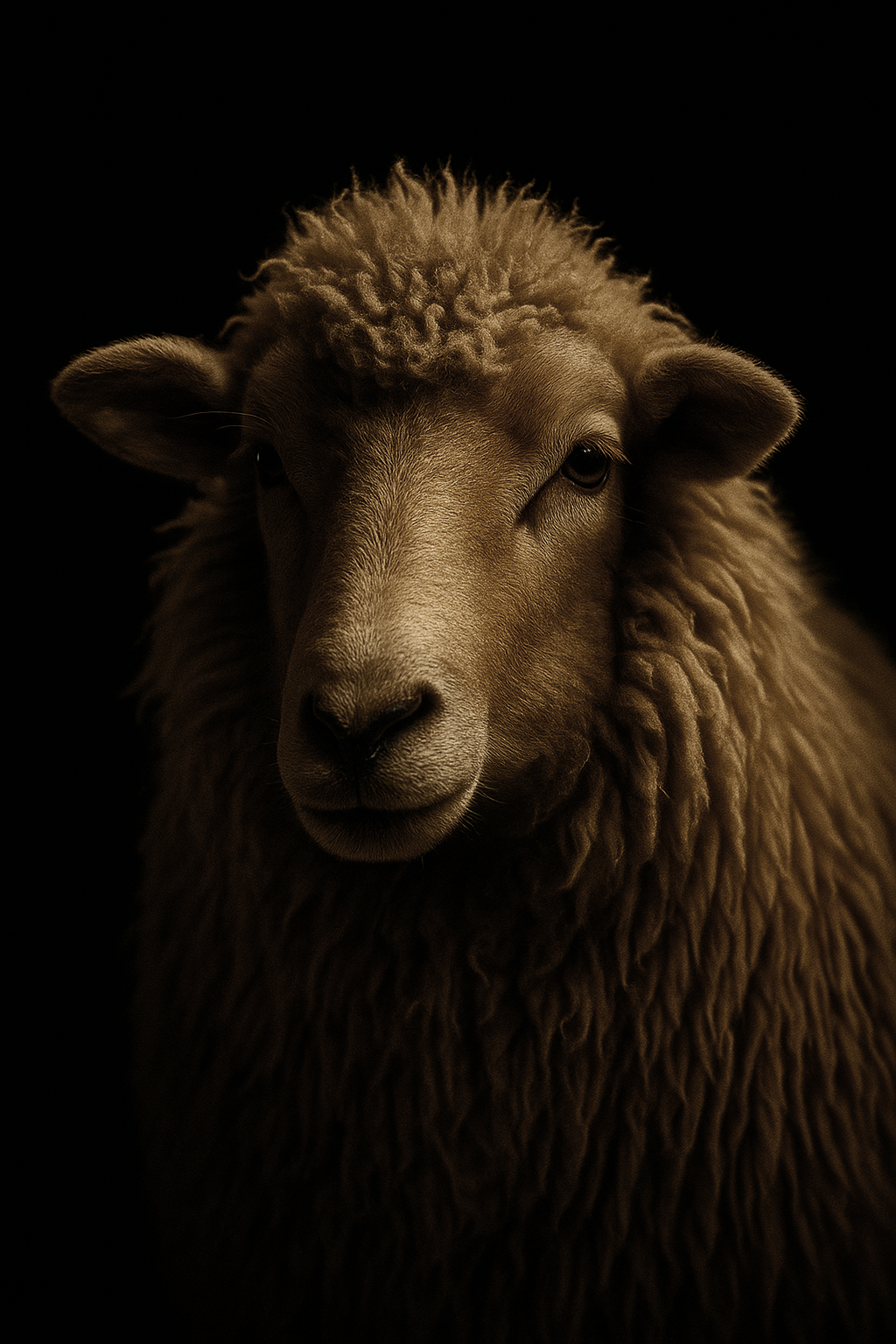Wool is more than a material
it’s natures perfect ingredient.
Renewable and biodegradable, wool regenerates annually, locks away carbon during its lifecycle, and returns nutrients to the soil at end-of-life—without contributing to microplastics.
Wool’s unique fibre structure ensures exceptional thermal insulation, moisture regulation, fire resistance, sound absorption, and even air purification—while being naturally hypoallergenic.
Whether used in interiors, insulation, or products, wool enhances design versatility, human comfort, and building health—all while supporting circularity, sustainability, and human well-being.
Sustainability
Well of course its sustainable, its nature in a fibre.
Wool is 100% natural, renewable, biodegradable & recyclable
Sheep renew their fleece annually; wool decomposes naturally in months—returning nutrients and carbon back to the soil, with zero microplastic pollution
Part of the carbon cycle
Unlike fossil‑fuel synthetics, wool stores atmospheric carbon during growth and releases it at end‑of‑life, enriching soils. The methane produced is biogenic and relatively short-lived in the atmosphere compared with C02
GWP* (Global Warming Potential Star) is an enhanced metric designed to account for the short-lived nature of methane and other SLCPs (Short-Lived Climate Pollutants). It was introduced by Oxford researchers around 2018
Traditional metrics like GWP₁₀₀ compare warming over a fixed window (e.g., methane ≈ 27–30× CO₂ over 100 years)
But methane only lasts ~12 years in the atmosphere. GWP* reflects not just its potency, but how emissions change over time, aligning more closely with surface warming
What does all that mean - Using GWP* New Zealand strong wool creates Nearly zero net warming from methane.
Design Versatility
New Zealand strong wool can be used to create an impressive array of fabrics from fine lambswool used in upholstery and knitwear to super-chunky carpets adorning the most beautiful interiors.
Colour
New Zealand wool is particularly white and bright compared with other wools with high-lustre. It can be dyed any shade from paster pink to the deepest black.
Adaptable in form
Use it as yarn, felt, insulation batts, ropes, carpets—dyeable, texturable, and shape-morphable for limitless creative applications
High-impact aesthetics
Its tactile warmth, natural luster, and ability to maintain shape over time makes wool ideal for interior design, wall treatments, rugs, upholstery, and beyond.
Building Health & Performance
Wool is super awesome for creating healthier and greener buildings.
Superior thermal & acoustic insulation
Wool insulation, carpets and textiles provide high R‑values while regulating moisture—preventing damp, mold, and maintaining comfortable ambiences.
Fire-resistant & non-toxic
Wool remarkably self‑extinguishes, releases minimal smoke/toxic fumes, and contains no harmful resins or formaldehyde common in synthetic insulations.
Human Health & Well‑Being
Wool is amazing in the home having many remarkable attributes that benefit peoples lives.
Hypoallergenic
Wool naturally resists dust mites, mold, fungi, and odor-causing bacteria—enhancing air quality and reducing allergy triggers.
Regulates sleep microclimate
Wool’s ability to absorb moisture and mediate temperature leads to improved comfort—and studies show better sleep quality and relief from eczema symptoms.
Acoustic benefits
Wool’s many microns and crimps means in textile forms like carpets and upholstery it can absorb a wider levels of sound waves than many other materials making it perfect for creating quieter homes, schools, offices, trains, planes, buses….



